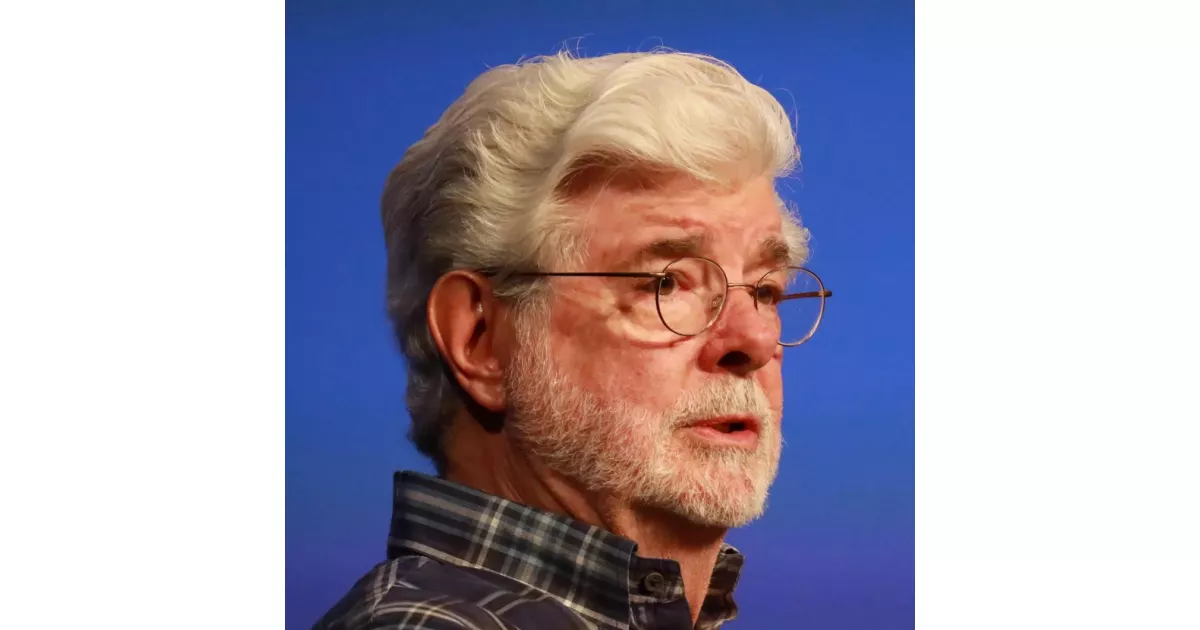George Lucas is a highly influential American filmmaker renowned for creating the Star Wars and Indiana Jones franchises. He also founded Lucasfilm, LucasArts, Industrial Light & Magic, and THX, contributing significantly to film technology and special effects. A key figure in the New Hollywood movement and a pioneer of the modern blockbuster, Lucas sold Lucasfilm to Disney in 2012, marking the end of his tenure as chairman. Despite his commercial success and four Academy Award nominations, he has largely remained an independent filmmaker.
Mentioned in this timeline

Hillary Diane Rodham Clinton is an American politician lawyer and...
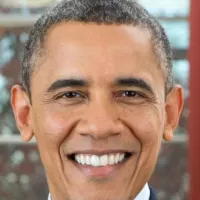
Barack Obama the th U S President - was the...
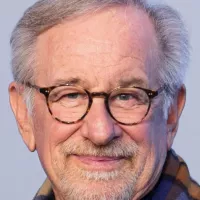
Steven Spielberg is a highly influential American filmmaker recognized as...
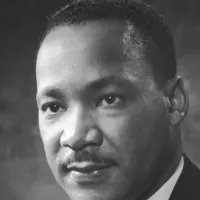
Martin Luther King Jr was a pivotal leader in the...
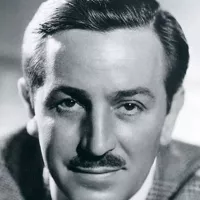
Walter Elias Disney was a highly influential American animator film...
California is a U S state on the Pacific Coast...
Trending

8 months ago Kevin Hart to Host the 2025 BET Awards: A Comedic Takeover!
1 month ago Mega Millions and Pick 3: Lottery Results and Winning Numbers Updates
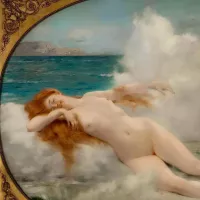
8 months ago Heavy Rainfall and Storms Expected Through Mother's Day Weekend; Flood Watch Issued

Ted Danson is a celebrated American actor best known for his iconic role as Sam Malone in the sitcom Cheers...
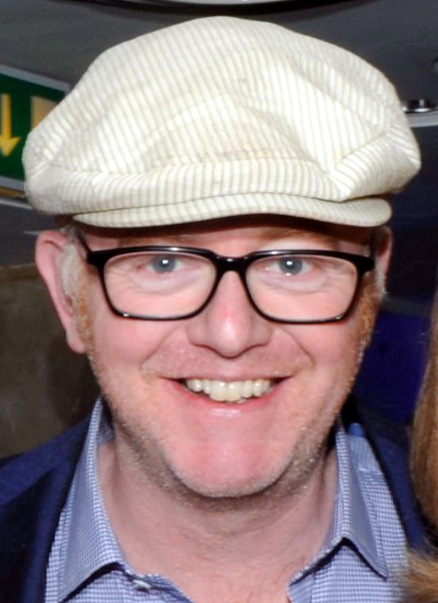
5 months ago Avengers: Doomsday Rumors Surface: Agatha Return, Doctor Doom Threat, Nick Fury Back?

1 month ago Jason Statham's 'A Working Man' achieves streaming success despite mixed reviews, replacing The Beekeeper.
Popular

XXXTentacion born Jahseh Dwayne Ricardo Onfroy was a controversial yet...
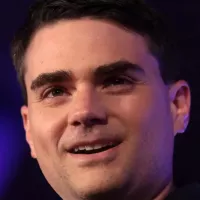
Ben Shapiro is a prominent American conservative political commentator media...

Candace Owens is an American conservative political commentator and author...
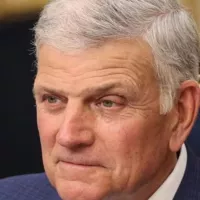
William Franklin Graham III commonly known as Franklin Graham is...
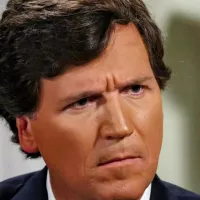
Tucker Carlson is an American conservative political commentator known for...
The Kennedy Center Honors are annual awards recognizing individuals and...
